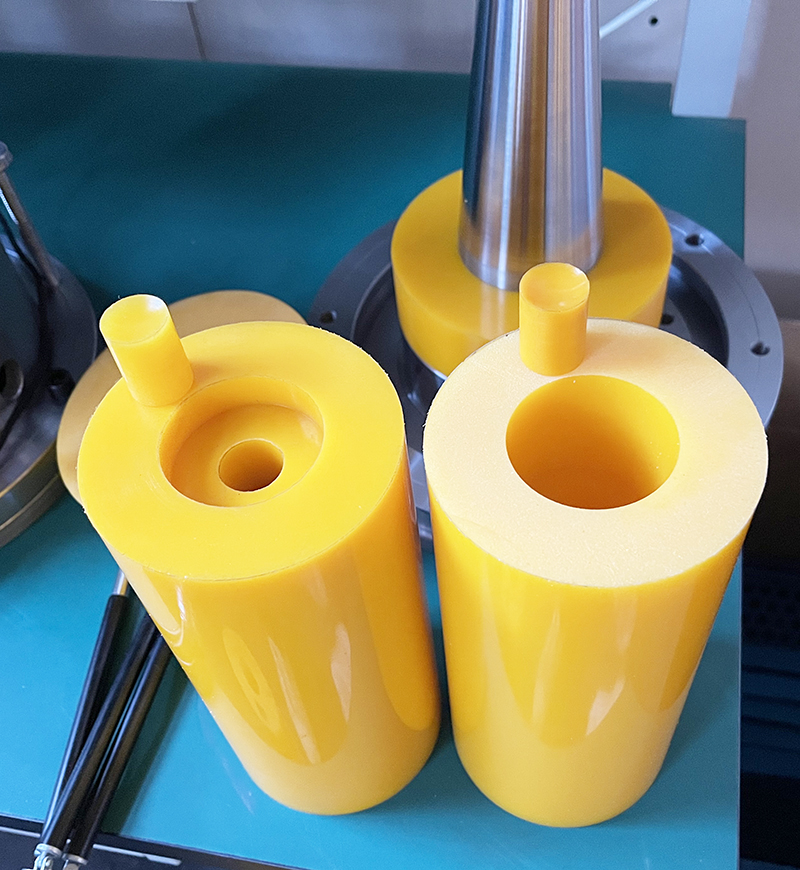What is Isostatic Graphite
Isostatic graphite is a type of graphite with an ultra-fine grain that is used for specific purposes where the mechanical properties found in other fine-grained graphites are insufficient. Among it's other desirable properties, isostatic graphite is corrosion resistant.
Isostatic graphite is also known as isostatically molded graphite, which is a reference to the means by which the raw material mixture is compressed into rectangular or round shaped blocks in a system called cold isostatic pressing (CIP). Cold isostatic pressing is a material processing method where a change in pressure of an enclosed incompressible fluid is conveyed unchanged to every part of the fluid including to the surface of its container.
Compared to other technologies like extrusion and vibration molding, CIP technology produces artificial graphite of the most isotropic form. Isostatic graphite also generally tends to have the smallest grain sizes (on the order of 20 microns) that can be found in artificial graphites.
Properties of Isostatic Graphite
Isostatic graphite is a different type of graphite material that differs from the other types of artificial graphite and has better physical properties with isotropy in the whole structure. Some properties of isostatic graphite that make it the best graphite with fine grains include:
· High thermal conductivity
· High electrical conductivity
· Structural balance
· High purity
· High density
· High mechanical strength
· Superior thermal shock resistance
· High temperature resistance
· Chemical resistance
· Resistance to both oxidation and corrosion
· Industrial Uses
All of the aforementioned properties make isostatic graphite a premium choice for precision machining. Therefore, graphite materials are widely used in various industries due to its unique combination of thermal, mechanical, chemical and physical properties. It also sees use in metallurgy, energetics, the manufacturing of fire-resistant materials, electrical machines and facilities.




















